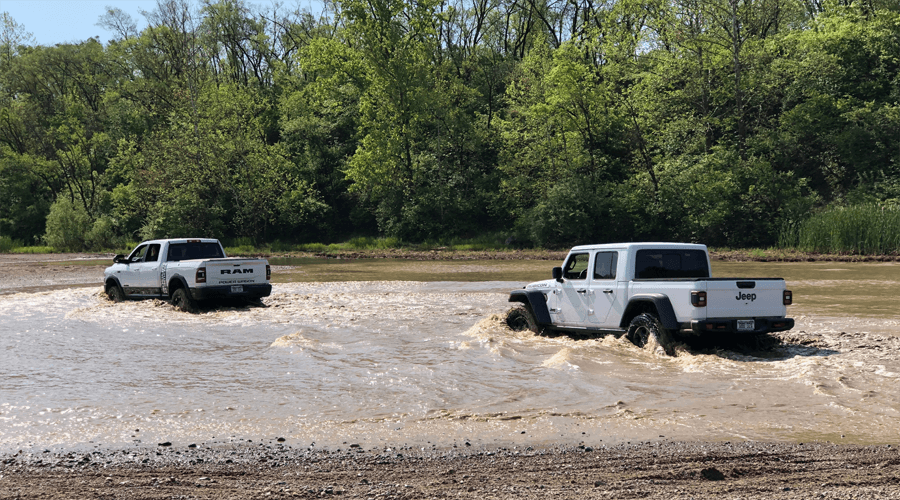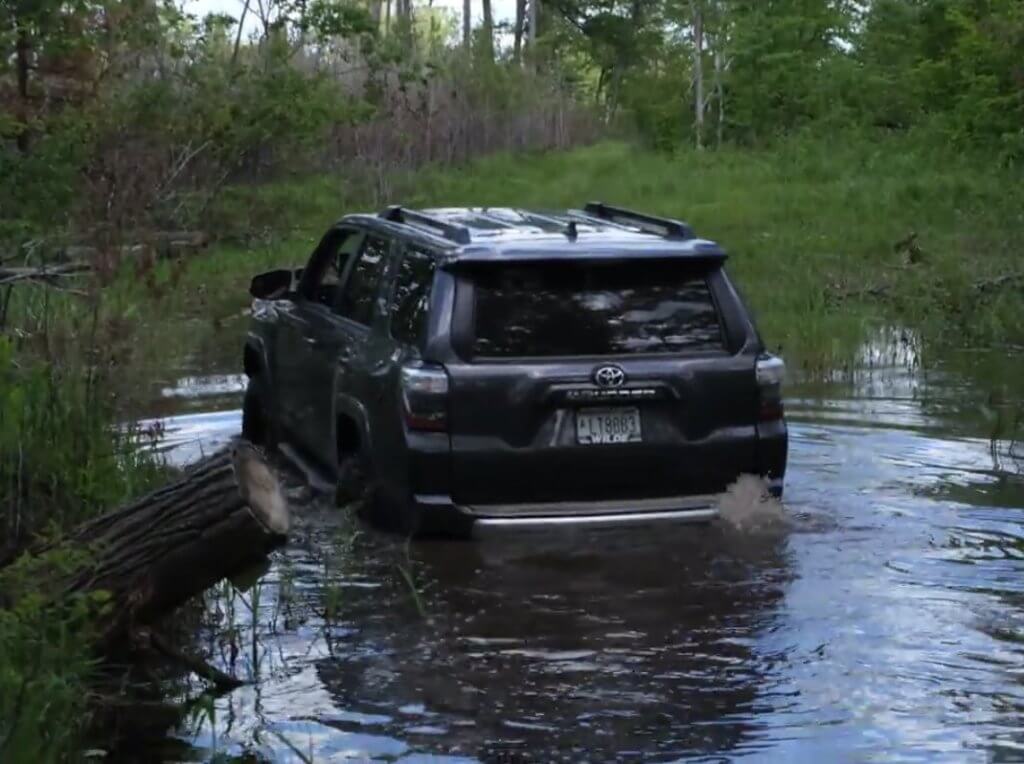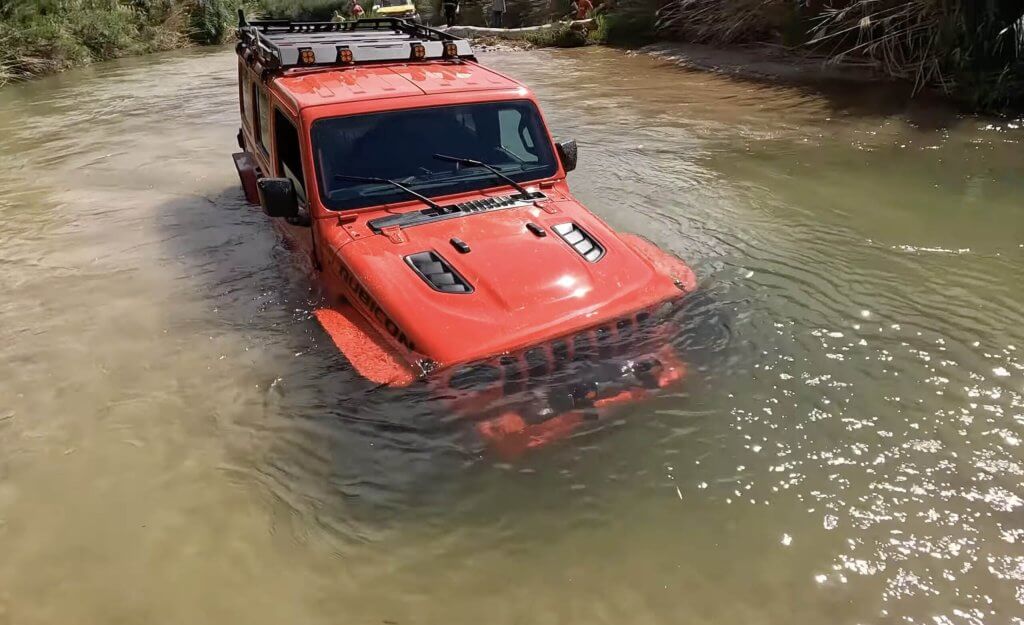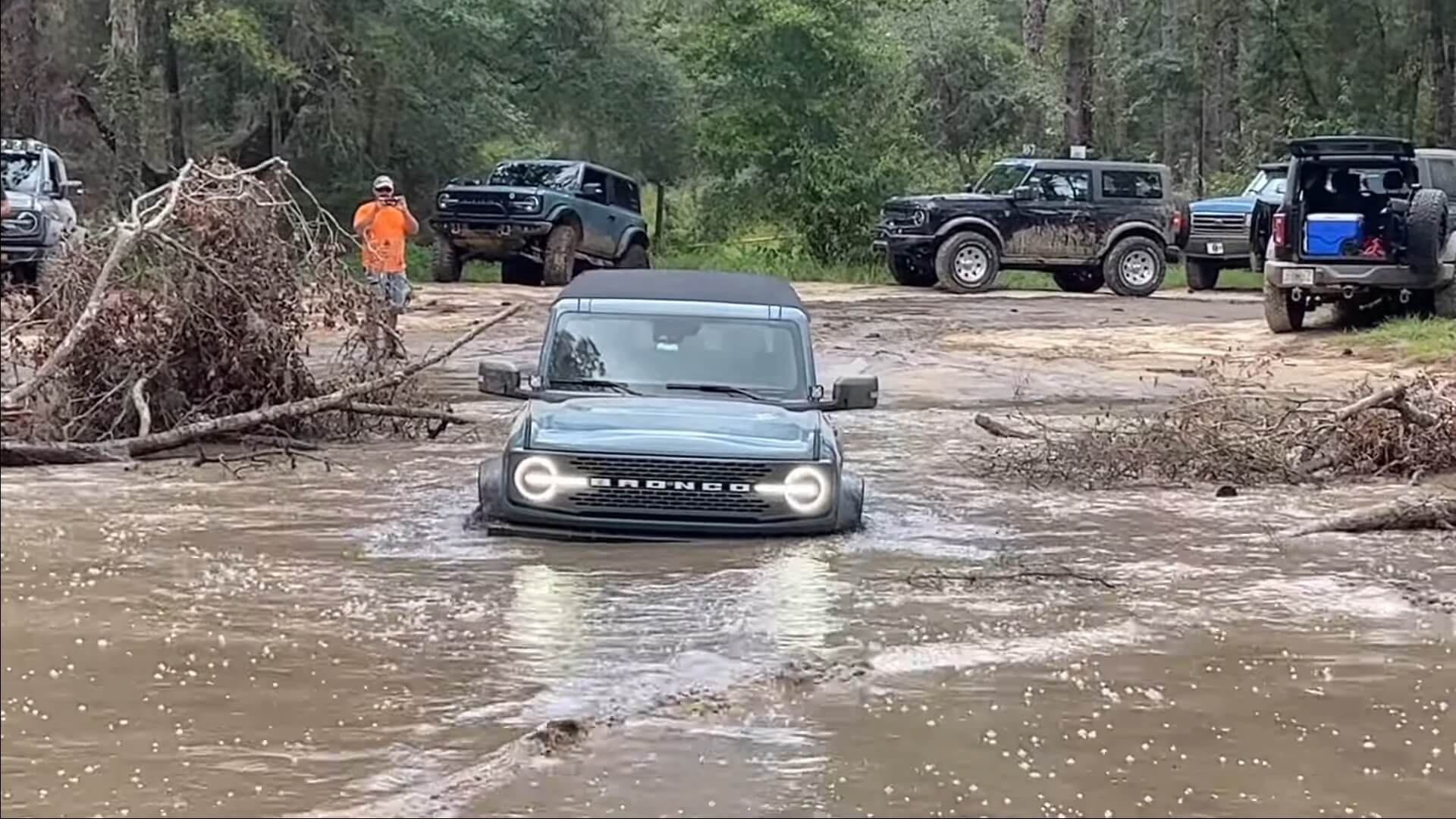Introduction: Embracing the Splash—But Safely
There’s something undeniably thrilling about splashing through a creek or crossing a mountain stream deep in Virginia’s backcountry. Water fording—driving through shallow to moderately deep bodies of water—is a necessary and exciting part of off-road exploration. But fording isn’t just about thrill-seeking; it’s a skill, a science, and, if done wrong, a surefire way to ruin your rig. This article will explore what water fording is, why off-roaders do it, how to do it safely, what vehicles can handle it best, and what mods you need to make before you attempt it.
We’ll also spotlight several trails on VAOffRoad.org with known water crossings—like Broad Run, Mountain Lake Trail, and Bobblet’s Gap—and explain what to expect when tackling them.

1. What Is Water Fording in Off-Roading?
- Definition: Driving a vehicle through a body of water—creek, stream, flooded trail, or shallow river—where no bridge or bypass exists.
- Difference Between Water Fording vs. Hydroplaning or Flood Driving.
- When it’s intentional (trail challenges) vs. when it’s necessary (no alternate route on a remote trail).
2. Why Off-Roaders Ford Water
- Trail Continuation: No alternate route.
- Adventure Factor: Adds excitement and realism to overlanding and trail rides.
- Training & Skill Building: Fording builds driver skill and teaches vehicle limitations.
- Test of Modifications: Opportunity to use snorkels, breathers, lockers, etc.
3. Risks of Water Fording
- Hydrolock: Water in the engine’s air intake.
- Electrical Failures: Especially in modern 4x4s with sensitive components.
- Differential Contamination: Water enters through breather tubes.
- Loss of Traction/Control: Slick rocks, silt, or deep current.
- Damage to Transmission or Exhaust if submerged too long.

4. How Deep is Too Deep? Know Your Vehicle’s Limits
Break down common stock water fording depths:
| Vehicle | Stock Fording Depth | Notes |
|---|---|---|
| Jeep Wrangler JL/Rubicon | ~30 inches | Highest-rated in class; front axle breather needs relocating for deeper crossings |
| Ford Bronco (2021+) | ~33.5 inches (with Sasquatch package) | Has some waterproofing, vent tubes are decent |
| Toyota 4Runner | ~27.5 inches | Rear diff breather vulnerable if not relocated |
| Tacoma TRD Off-Road | ~27.6 inches | Needs breather mod for serious fording |
| Bronco Sport/Subaru Outback | ~18-20 inches | Not recommended for anything deeper than puddles or mild creek beds |
5. Modifying for Water Crossings: Prepping Your Rig
- Relocating Differential Breathers:
- Rear axle breathers are often low and allow water to mix with gear oil.
- Relocation kits or DIY tubing to raise them to firewall or airbox level.
- Breathers with check valves help but aren’t foolproof.
- Snorkels:
- Not just for “cool factor”—they raise the air intake, often to roof level.
- Even factory snorkels (Land Cruiser, Wrangler aftermarket) protect against hydrolock.
- Dielectric Grease & Waterproofing Connectors
- Sealing ECUs and Fuse Boxes
- Suspension Considerations:
- More lift doesn’t mean more fording capability unless breathers and electronics are addressed.

6. Fording Technique: The Right Way to Cross
- Scout the Crossing First:
- Get out. Walk it if safe. Use a stick to check depth and current.
- Low & Steady Wins the Race:
- Use 4WD Low or 4WD High depending on traction.
- Maintain a slow, consistent bow wave in front of your bumper.
- Let Water Cool Your Brakes—but dry them after.
- One Vehicle at a Time.
- Watch for Debris and Rocks.
7. After the Crossing: What to Check
- Check for:
- Water in Diff Fluid (milky color on dipstick).
- Wet Air Filters.
- Transmission Fluid condition.
- Brake Performance—pump brakes dry.
- Post-trip: Drain & refill if contamination suspected.
8. Real Virginia Trails with Water Crossings
Here are just a few trails listed on VAOffRoad.org that include seasonal or permanent water crossings:
Broad Run Jeep Trail
- Several crossings along rocky creek beds.
- Moderate depth but can swell after rain.
- Ideal for vehicles with 30”+ fording and relocated breathers.
Mountain Lake Trail
- Narrow trail with occasional spring-fed sections.
- Not deep but often slick.
- Good practice for those new to fording with stock rigs.
Bobblet’s Gap Trail
- Has at least two small creek crossings.
- After heavy rain, water can be swift.
- Requires good judgment—depth can be deceiving.
9. Trail Etiquette & Environmental Concerns
- Don’t create new paths to avoid water—use designated fords only.
- Cross slowly to avoid erosion and sediment disruption.
- Avoid deep fording after heavy rain if you’re unsure about the trail condition.
- Never cross if water is over 24” and fast-moving without a spotter or safe escape.

10. Final Thoughts: Don’t Just Dive In
Water fording can be a highlight of your trail ride—or the reason you get towed home. Knowing your vehicle’s limits, making the right modifications (like diff breather relocations), and practicing smart technique ensures that your off-road experience is as safe and fun as it is muddy.
Off-roading responsibly through Virginia’s stunning landscape means knowing what you’re getting into. Trails like Broad Run and Bobblet’s Gap are unforgettable when tackled with the right knowledge—and the right preparation.




No responses yet